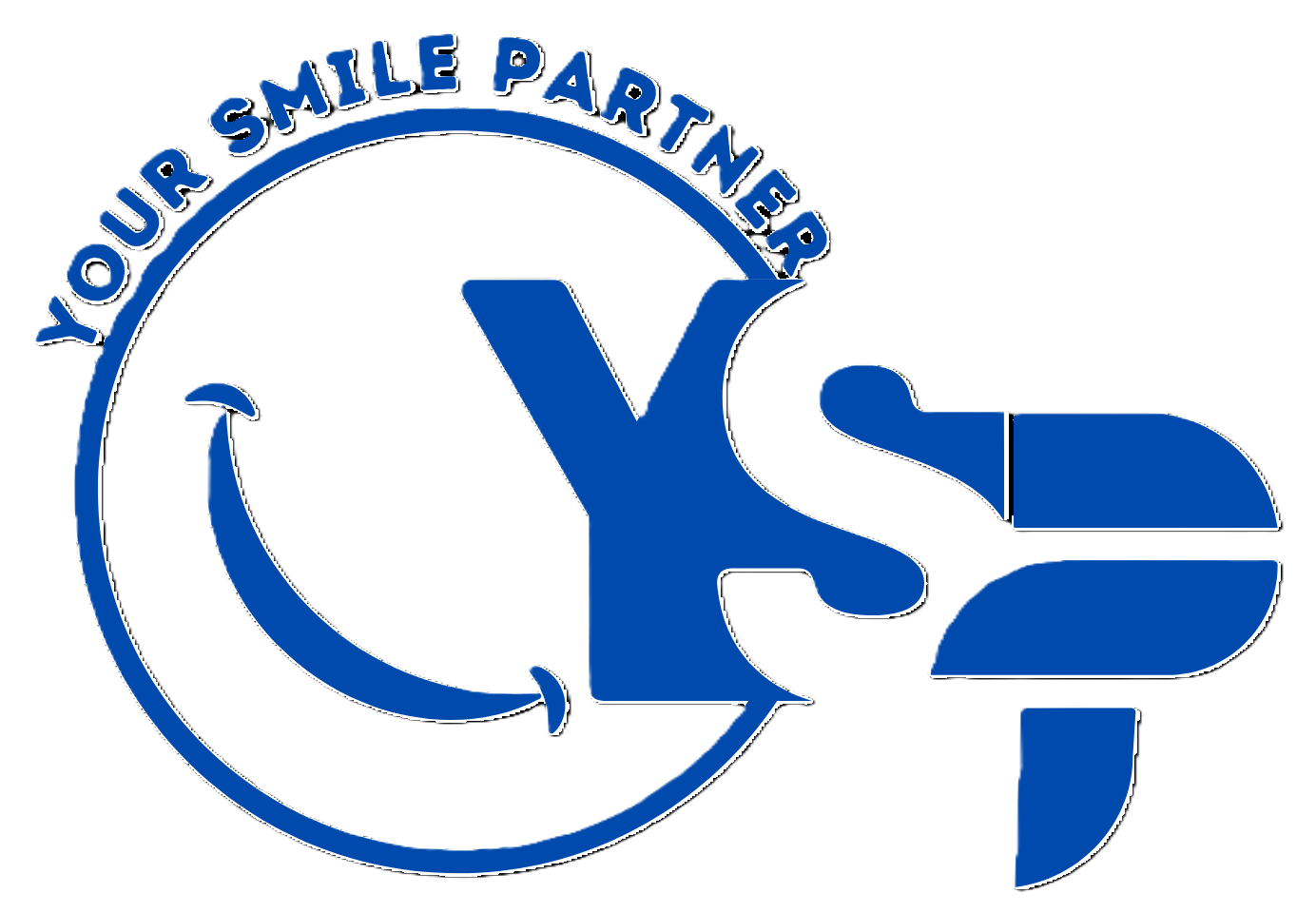Our Services
Tobacco Caesation Guidelines
Tobacco cessation guidelines in the United States of America are primarily issued by the U.S. Public Health Service (USPHS) and are updated regularly to provide evidence-based recommendations for healthcare professionals and individuals looking to quit tobacco use. The guidelines aim to reduce the prevalence of tobacco use, improve public health, and help individuals successfully quit smoking and using other tobacco products.
Here are some key elements of the tobacco cessation guidelines:
01.
Assess Tobacco Use
Healthcare professionals are advised to assess tobacco use status for all patients at every visit. This includes asking about tobacco use habits, frequency, duration, and previous quit attempts.
02.
Advise to Quit
Healthcare providers should strongly advise all tobacco users to quit. The benefits of quitting, including reduced risks of tobacco-related diseases, should be communicated to the patient.
03.
Assess Readiness to Quit
Healthcare providers should determine the patient’s willingness and readiness to quit tobacco use. Based on the patient’s readiness, appropriate interventions can be recommended.
04.
Provide Brief Interventions
Even brief interventions, such as a few minutes of counseling, can increase quit rates. Healthcare providers should offer personalized advice and support based on the patient’s individual needs and preferences.
05.
Offer Counseling
Behavioral counseling interventions, delivered individually or in group settings, have been shown to be effective in helping individuals quit tobacco. Healthcare providers can refer patients to tobacco cessation programs and counseling services.
06.
Medication Therapy
The guidelines recommend the use of FDA-approved medications to aid in tobacco cessation. These medications, such as nicotine replacement therapy (NRT), bupropion, and varenicline, can be prescribed by healthcare professionals to help manage withdrawal symptoms and cravings.
07.
Combination Therapy
Combining behavioral counseling and medication therapy has been found to be more effective than using either approach alone. Healthcare providers may recommend combination therapy for certain individuals.
08.
Provide Follow-up Support
Healthcare professionals should follow up with patients who are trying to quit tobacco use to provide ongoing support, assess progress, and address any challenges or concerns.
09.
Special Populations
The guidelines highlight the importance of addressing tobacco use in specific populations, such as pregnant women, adolescents, and individuals with mental health conditions, as they may require tailored interventions.
10.
Promote Quitline Services
Healthcare providers are encouraged to promote the availability of quitline services, which provide free and confidential counseling and support for tobacco cessation.
The USPHS guidelines emphasize that tobacco cessation is a process that may require multiple quit attempts before achieving success. It’s essential for healthcare professionals to adopt a patient-centered approach and provide non-judgmental support to individuals attempting to quit tobacco use.
For the most current and comprehensive tobacco cessation guidelines, healthcare professionals and individuals seeking to quit tobacco should refer to the official guidelines issued by the U.S. Public Health Service or consult with their healthcare providers.
